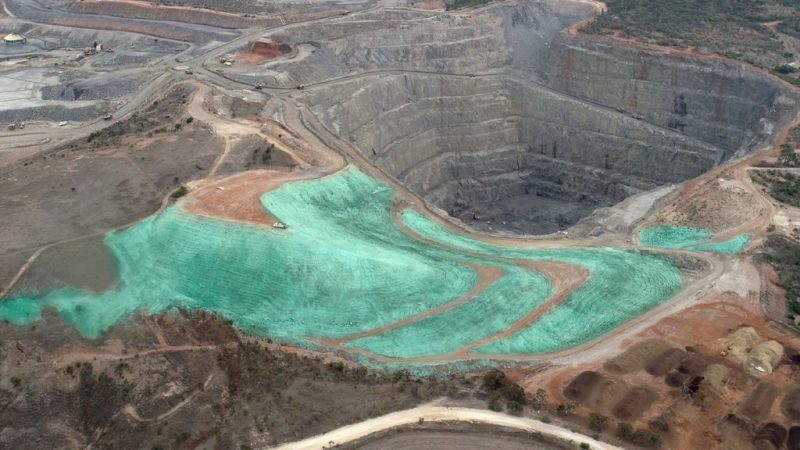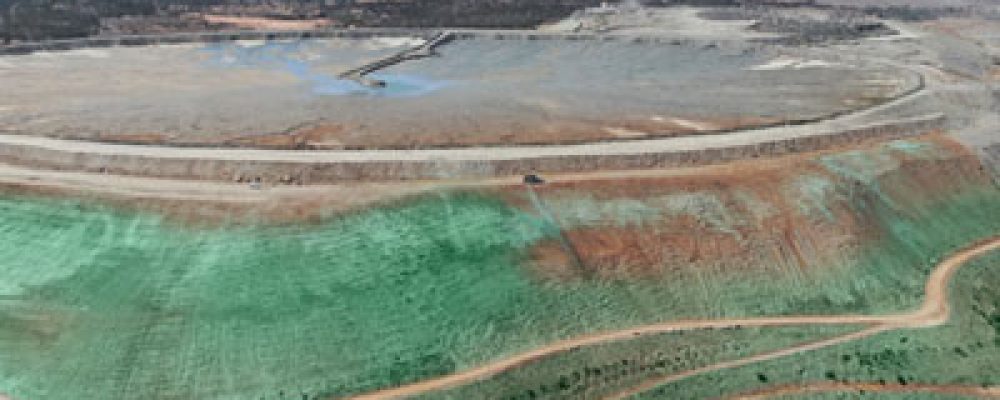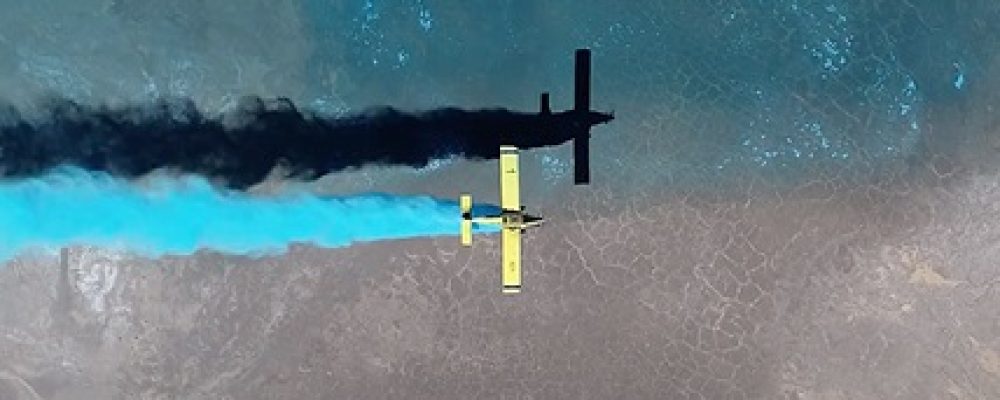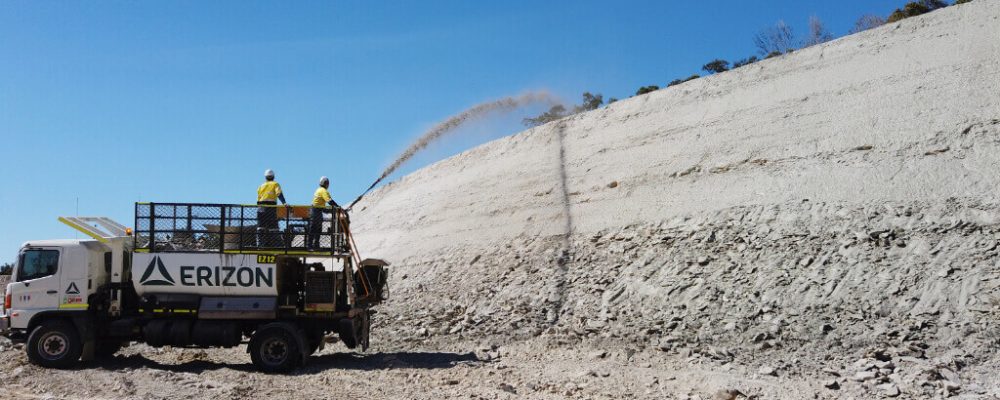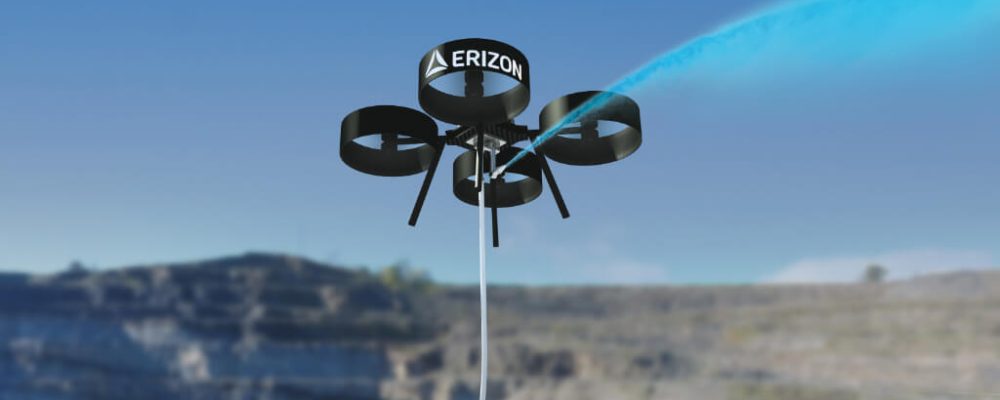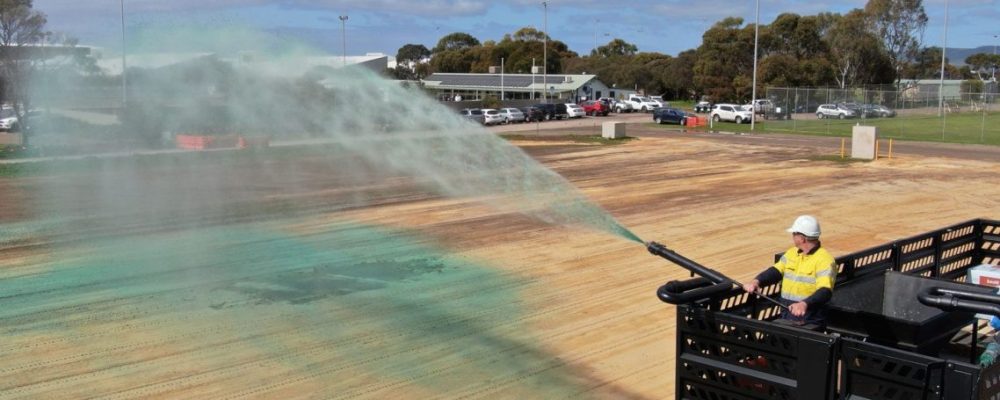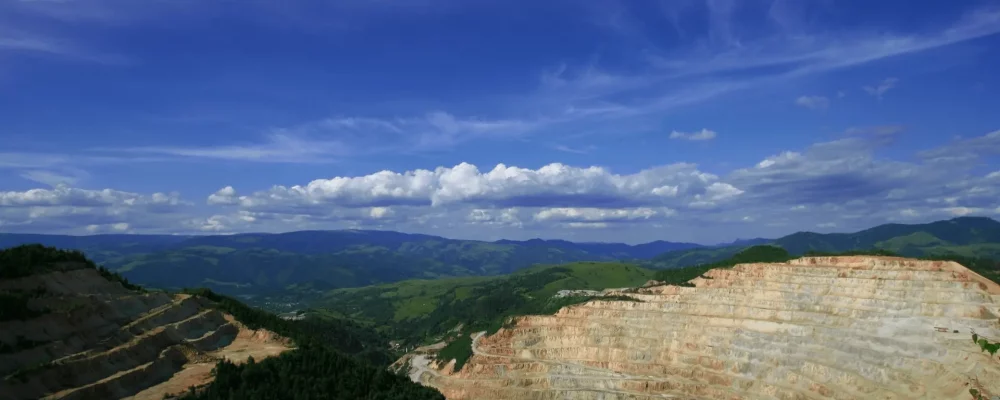The Biodiversity Conservation Act plays a pivotal role in our operations, guiding us in our commitment to protect diverse ecosystems. This critical piece of legislation serves to ensure that every species, regardless of its role in the ecosystem, is valued and protected.
It underscores our belief that every living creature, plant and microorganism has an intrinsic role to play in maintaining the stability and resilience of our environment. Adhering to the principles outlined in this act, we at Erizon strive to ensure environmental protection and foster a sustainable future.
Understanding the EPBC Act
The Environment Protection and Biodiversity Conservation (EPBC) Act is Australia’s primary environmental legislation, enacted in 1999. It provides a legal framework to protect and manage nationally and internationally significant flora, fauna, ecological communities and heritage places. The Act also deals with the assessment of the environmental impact of activities.
The main objectives of the EPBC Act include:
Protection of native species and habitats: The Act lists threatened native species and ecological communities to be protected. It also identifies key threatening processes.
Conservation of biodiversity: The Act aims to promote a partnership approach to environment protection and biodiversity conservation among all levels of government, industry, community and landholders.
Protection of World Heritage properties: The Act safeguards properties that are of outstanding universal value for their cultural or natural heritage.
Protection of national heritage places: The Act ensures the conservation of places that have special value for the nation’s natural, Indigenous or historic heritage.
Protection of marine environments: The Act protects the biodiversity and heritage values of Commonwealth marine areas.
Nuclear actions: The Act includes provisions relating to nuclear actions, including uranium mining, milling and the establishment of nuclear installations.
Through these objectives, the EPBC Act plays a crucial role in preserving Australia’s unique biodiversity and ensuring that economic development and activity do not come at the expense of important ecological and heritage values.
Key Components of Effective Biodiversity Conservation
As we delve deeper into the significance of the Biodiversity Conservation Act, it becomes clear that the efficacy of this legislation lies in its components. These key elements form the backbone of biodiversity conservation efforts, guiding us in our quest to balance human advancement with the preservation of nature.
Let’s take a closer look at these integral components:
Protected Species and Habitats
The Biodiversity Conservation Act makes specific provisions for the protection of endangered species and their habitats. The Act categorises species based on their conservation status, such as critically endangered, endangered, vulnerable or of least concern. Each of these statuses triggers specific protective measures designed to prevent further deterioration of the species’ condition and promote recovery. These measures include the formulation and execution of recovery plans and threat abatement plans.
Moreover, the Act identifies and lists ‘critical habitats,’ which are crucial for the survival of endangered species. Activities that might lead to the damage or destruction of these critical habitats are strictly controlled under the Act. This ensures that these species have safe havens where they can thrive without facing the immediate threat of habitat destruction.
Threatened Species Recovery Plans
The Biodiversity Conservation Act facilitates the development and implementation of recovery plans for threatened species, serving as a blueprint for their survival and recovery. These plans are comprehensive strategies that outline the steps required to restore threatened species and their habitats to a viable status. They detail the current status of the species, the threats they face, and the methods proposed to address these threats.
Recovery plans are developed with input from scientists, landowners and communities, ensuring a holistic approach that considers all relevant factors. They can be specific to one species or can address multiple species that inhabit a common habitat or face similar threats.
Once a plan is established, the Act ensures its rigorous implementation, with strict guidelines and timelines. It also mandates regular assessments of these recovery plans to gauge their effectiveness, adjust strategies as needed and ensure continued progress. Thus, the Act’s provisions for recovery plans serve as both a lifeline and a roadmap for the survival of threatened species.
Conservation Agreements
Conservation Agreements form another integral component of biodiversity conservation under the Act. These are legally binding contracts between the responsible authority and the landowners or occupants, with the mutual objective of conserving a particular area’s biodiversity. These agreements outline the responsibilities of all parties involved in managing, restoring and preserving the ecological health of the area in focus. They stipulate specific actions that must be taken (or avoided) to protect endangered species, conserve habitats and restore damaged environments.
For us at Erizon, these Conservation Agreements provide a structured guide to our operations in areas of ecological significance. We work closely with our clients to make sure they hit their ESG goals and comply with their contractual obligations under the Act.
Ecological Sustainable Development (ESD)
The Biodiversity Conservation Act fundamentally promotes ecologically sustainable development (ESD), which is the process of making decisions that effectively integrate both long-term and short-term economic, environmental, social and equity considerations. The Act incorporates the principles of ESD in its operational framework, which emphasises that present day development activities must not compromise the ability of future generations to meet their environmental needs.
For businesses like Erizon, this notion of ESD holds paramount importance. It compels us to adopt practices that not only cater to our immediate operational goals but also uphold our commitment to the environment. This includes the sustainable use of resources, minimising environmental impact and investing in environment-friendly technologies. In essence, it is about striking a balance between economic development and the conservation of nature.
This balance is not just a legislative demand, but also a corporate responsibility that defines our pledge to sustainability. In the long run, businesses that adapt to these principles are likely to gain a competitive edge, as they will be better prepared for evolving environmental regulations, improved stakeholder relations and increased resource efficiency.
Erizon’s Commitment to Environmental Conservation and Preservation
As we further explore the pillars of biodiversity conservation, it is evident that Erizon’s commitment is not just limited to adhering to the standards set forth in the legislation. It extends much further, reflecting in every facet of our operations.
Our Environmental Initiatives
Our operational strategies and business ethos are deeply aligned with the principles encapsulated in the Biodiversity Conservation Act. We conscientiously adhere to the Act’s guidance on protecting endangered species and their habitats by developing solutions that minimise our impact on the environment.
Compliance with the EPBS Act
Erizon is committed to ensuring compliance with the EPBS Act, which sets out regulations on environmental protection and pollution prevention that have implications for all of our operations. We are also dedicated to reducing energy consumption while using more efficient methods that save both time and money.
Key Challenges and Opportunities
As we strive to fulfil our commitment to environmental conservation and preservation, we inevitably encounter various challenges. These hurdles, however, also present opportunities for growth and innovation.
Challenges in Biodiversity Conservation
Biodiversity conservation is a complex endeavour that brings with it a myriad of challenges. These challenges include:
Habitat Loss
With increasing urbanisation and industrialisation, habitats of many species are being destroyed or significantly altered. This is particularly true for species with limited ranges or specialised habitat requirements.
Climate Change
Climate change poses a significant threat to biodiversity, altering temperature and precipitation patterns, causing habitat loss and affecting species’ distribution.
Fragmentation of Habitats
Fragmentation of habitats due to land use changes, such as agriculture and urbanisation, can isolate populations and limit gene flow, reducing genetic diversity and increasing the risk of extinction.
Frequent Bushfires
Frequent bushfires, often caused by increasing temperatures, can destroy habitats and displace species, disrupting their natural behaviours and interactions.
Opportunities for Collaboration
While the challenges of biodiversity conservation are substantial, they also offer opportunities for collaboration. Erizon believes in the power of partnerships and actively seeks to engage with various industry owners and stakeholders to enhance our conservation efforts.
Government Agencies
Collaboration with government agencies can provide regulatory support and access to resources that are crucial for our conservation initiatives. These partnerships also help us stay updated with evolving environmental policies and regulations, enabling us to adapt our practices accordingly.
NGOs
Partnerships with NGOs can empower our conservation efforts with their expertise and grassroots networks. NGOs often have a profound understanding of local biodiversity issues, and their insights can help us implement more effective conservation strategies.
Private Companies
Collaborating with other private companies presents an opportunity to share best practices and innovative technologies. Companies that align with our commitment to sustainability can offer mutually beneficial engagements, where we can collectively contribute to biodiversity conservation.
Local Communities
Local communities are arguably the most important stakeholders in any conservation effort. They have a deep connection with their local environment and often possess invaluable traditional knowledge. Collaborating with local communities not only enhances the effectiveness of our conservation efforts but also fosters a sense of ownership and responsibility among community members, leading to the long-term sustainability of conservation initiatives.
Our Innovative Approaches to Protecting and Preserving Nature
Erizon’s proactive stance on environmental conservation has led us to develop innovative approaches that not only comply with legislative regulations but also effectively address the challenges we face.
Here are some of the solutions that we offer industries to help protect and preserve nature:
Revegetation Solutions
Our revegetation solutions play a pivotal role in biodiversity conservation. They are designed to restore disturbed lands to their natural state, facilitating the regrowth of diverse plant species. This not only revives the natural habitat for a multitude of organisms but also helps in rebuilding the ecosystem.
Hydroseeding
Hydroseeding is a highly effective method for establishing vegetation in areas where erosion control and habitat restoration are required. It involves the application of a slurry containing seeds, water, fertiliser and a protective mulch, sprayed uniformly over prepared ground. This method is particularly beneficial in challenging terrains where manual seeding is not feasible.
Hydromulching
Our Hydraulic Growth Medium (HGM) and Bonded Fibre Matrix (BFM) are scientifically designed hydromulching solutions for vegetation growth in degraded soils. Erizon’s EnviroSprout HGM offers a quick and cost-effective one-step process for large-scale vegetative coverage, while EnviroLoc BFM and EnviroLoc Airfield BFM provide a two-pass process for optimal root establishment and sustainable plant growth. Our BFM solutions are perfect for sites prone to extreme weather conditions, where HGM alone may not be sufficient to achieve successful revegetation.
Soil Stabilisation
Soil stabilisation plays a crucial role in maintaining the integrity of habitats. It involves the application of innovative techniques to improve the properties and performance of soil, thus increasing its resistance to erosion, compaction and other forms of environmental degradation.
Dust Suppression
Dust suppression is a critical part of our environmental management strategies, particularly in construction or mining projects near sensitive ecosystems. Excessive dust from these operations can cause shifts in local wildlife and potentially cause health problems. Our dust suppression solutions are specifically designed to mitigate this problem. By reducing dust levels, we minimise disturbances to local wildlife, helping to maintain the balance of the ecosystem.
Erosion Control
Our erosion control solutions are expertly designed to withstand the harshest climates in Australia. They have the unique ability to stabilise almost any surface, forming a strong bond with the substrate within a matter of hours. As a result, they provide immediate and effective erosion control. Unlike conventional erosion control blankets such as geo-fabric, our solutions offer superior safety during application and have been proven to be more efficient and cost-effective.
Start Your Green Journey Today and Get Involved in Conservation
Our commitment to biodiversity conservation is deeply intertwined with our operations and strategies. By fostering partnerships and adopting innovative approaches, we aim to protect and preserve the natural environment against the challenges of the modern world. At Erizon, we believe that every step taken toward conservation, no matter how small, can make a significant difference.
Whether it’s through revegetation solutions, soil stabilisation, erosion control or dust suppression, we are striving to ensure a greener, healthier planet for future generations.
Make a difference and embrace sustainability with Erizon.
